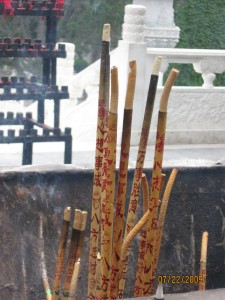MOVIES: HISTORICAL CHINESE MYSTERIES
If you’re looking for a mystery that’s challenging and doesn’t cheat by jumping to a conclusion that’s not supported by clues in the story, this is the series for you. The cases are complex from both the point of view of the underlying conspiracy and the clues left behind—notably also including the dead body.
#御赐小仵作 #TheImperialCoroner #TencentVideo
ENG SUB [The Imperial Coroner] EP01——Starring: Su Xiao Tong, Wang Zi Qi, Yang Ting Dong, Zhao Yao Ke, and Wang Yan Bin
YouTube link: https://www.youtube.com/watch?v=zrFYLbM5HDU&list=PLuidrAcAGAOO3BJx21z2D0Wg1mCxi_Up-
Premiered: 2021
Captions in English & Chinese
Set in the imperial capital of Chang’an during the Tang Dynasty
Chu Chu (Su Xiao Tong) is an aspiring coroner with keen observational and technical skills. Having grown up in a family of coroners, she has experienced the prejudice that comes from being from a coroner family but, nevertheless, is driven to be the best at applying her skills in order to bring justice to those who have died. Her medical findings are ingenious and logical. The audience is brought along through a combination of visual displays of Chu Chu’s medical observations and re-enactments of the crime by Chu Chu and the male protagonist An Jun Wang (Wang Zi Qi), the head of the office that oversees the Ministry of Justice, the Court of Judicial Review and the Office of the Imperial Censors.
These two work together in close consort with their three friends, each with their own highly developed skills, to solve the intricate cases, regardless of who is behind the crime.
The characters are well drawn and complex in their own right. None appears to be a cookie-cutter portrayal of an arch-type. Plus, they change and develop as individuals and as a cadre of friends through their experiences in searching for truth and impartial justice.
The Imperial Coroner is a top of the line historical mystery with a beguiling and endearing cast of characters.














